Collaborative Air Combat Drones Will Head To Pacific En Masse
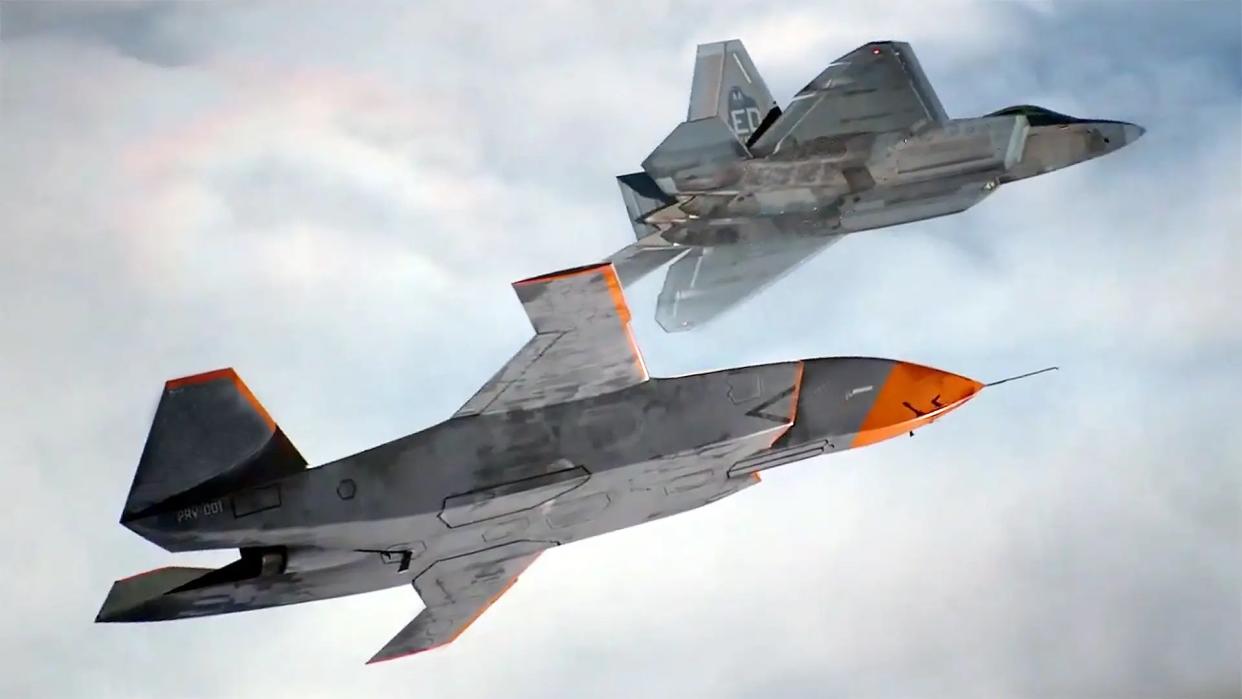
The future Air Force in the Pacific will have a robust and growing hub-and-spoke system of austere bases, a full complement of the service's newest crewed aircraft and weapons, and combat drones – lots and lots of combat drones.
Pacific Air Forces Strategy 2030, released Monday at the Air & Space Forces Association's Air, Space, and Cyber Conference near Washington, D.C., details this high-tech near future in which growing threats demand better base protection and new combinations of weapons and military assets for greater effect.
First, the drones: these are the Air Force's future Collaborative Combat Aircraft (CCA), an artificial intelligence-loaded and weaponized unmanned fighter companion vehicle akin to the ‘loyal wingman’ concept. CCAs were a preeminent topic of discussion at the Air & Space Forces Association conference. The Air Force said earlier this year it plans to invest more than $6 billion in concept and development and execution between now and 2028, although service acquisition chief Andrew Hunter declined to give a timeline for the first contracting solicitation. Air Force officials have said they want at least 1,000 CCAs to augment a planned fleet of 200 Next-Generation Air Dominance (NGAD) combat jets and 300 F-35s, but there are already indications that the fleet of CCAs could end up being much larger.
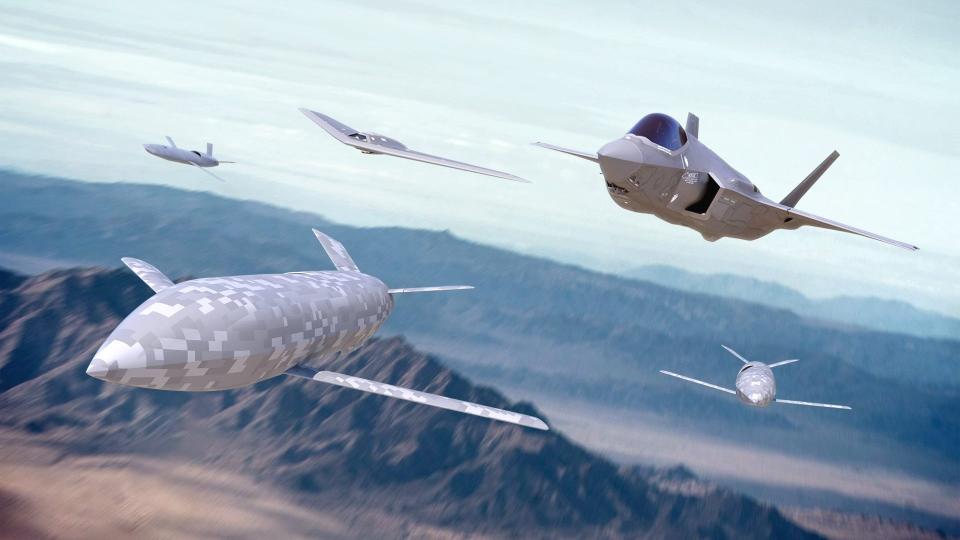
Hunter added that requirements coming from the Indo-Pacific region will shape the requirements for CCA, which remain unspecified. Beyond being simple and cost-effective enough to constitute "affordable mass," the aircraft has to be rugged and flexible enough to meet the needs of Pacific-area commanders.
"A CCA that wasn't optimized for the Indo-Pacific would be substantially less attractive to us," Hunter said, "and that has clear implications for our requirements."
The Pacific Air Forces (PACAF) strategy offered a textured look at the anticipated role of CCA in the Pacific:
"By integrating unmanned combat aircraft across diverse missions, we continue to develop the ongoing evolution in air combat. It is already clear these systems will increase combat reach and flexibility, while simultaneously reducing risk in highly contested environments."
Gen. Kenneth Wilsbach, head of PACAF, expanded in remarks to reporters on how the Air Force expects these machines to keep the enemies the strategy identifies, including China's People's Liberation Army (PLA), and particularly the PLA Rocket Force (PLARF), as well as the North Korean military, off-balance.
https://www.youtube.com/watch?v=a2tZe6TPyWs https://www.youtube.com/watch?v=D1n5fxgLKY4
"You can create mass, and so many targets out in the battlespace that your adversary will have to worry about, and wonder, is that something that I have to use some munitions on? … They're not going to be able to tell," Wilsbach said. "The CCA is going to be something they're going to have to respect."
Wilsbach described a future Indo-Pacific operating environment in which CCAs outnumber manned aircraft and come in a range of styles and sophistication levels, with differences that might not be apparent to an enemy observer.
"Some of them will be high-end, and some will be attritable. And some of them, we just plan on them getting shot, because that's their purpose," Wilsbach said, "to go out there and soak up a munition that can't be used on something else."
CCA, Wilsbach anticipates, will clutter the battlespace, absorbing the attention of adversary observers and pulling attention off the U.S. top-of-the-food chain predators, including stealthy fifth-generation fighters such as the F-35A Joint Strike Fighter and the F-22 Raptor.
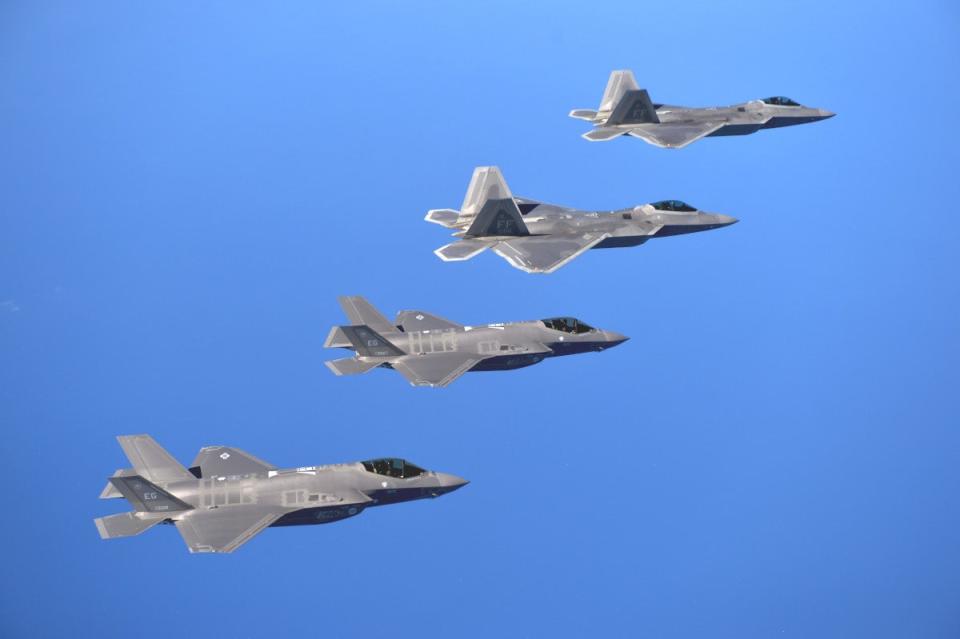
"When you're in a fifth-gen aircraft, and you're operating in a space where there's a lot of other targets, you'll be even more stealthy. Because the operators see the stuff that they can see, and they can't see the stealthy until really late," Wilsbach said. "By then, they're so enamored with everything else that's going on."
As far as where CCA will operate in the Pacific, Wilsbach said to expect them to live on a spectrum of bases, including the austere and rugged "spokes" being developed under the Air Force's Agile Combat Employment (ACE) strategy.
"They won't be able to have a lot of support; they'll need to be robust enough to pull them out of a box," Wilsbach said of the CCAs. " … We're going to need them around just about everything."
Regarding ACE, Wilsbach confirmed reports from last month that old and mothballed Pacific bases will be resurrected in order to give commanders in the regions more options for basing and launching aircraft. As the Air Force leans more fully into the concept, Wilsbach said all airmen within PACAF, regardless of specialty or responsibilities, should become comfortable with and proficient in it.
https://www.youtube.com/watch?v=ANfbH86-Rg8
"That's how you actually realize a true sense of combat and you have to practice it," he said. "It's expensive, it is not efficient, but it's effective."
He cited the Air Force's work, previously reported by The War Zone, to rebuild a hidden former B-29 Superfortress airfield on Tinian, an island in the Northern Marianas. Dating from World War II, the airstrip "was largely overgrown by the jungle," Wilsbach said, "So we're going to be clearing out the jungle, we're going to be resurfacing some of the surfaces there, so that you will have a fairly large and very functional agile combat employment base, an additional base to be able to operate from.
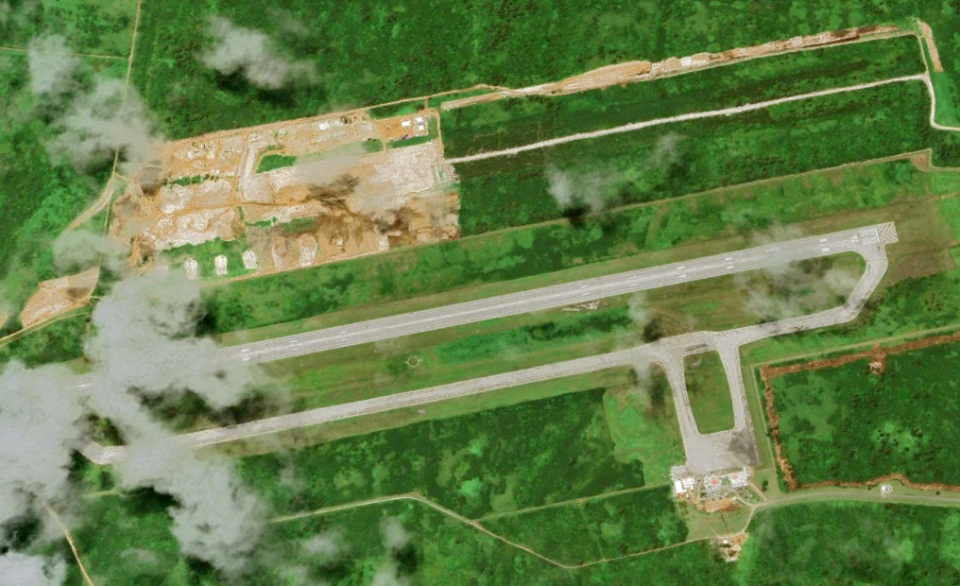
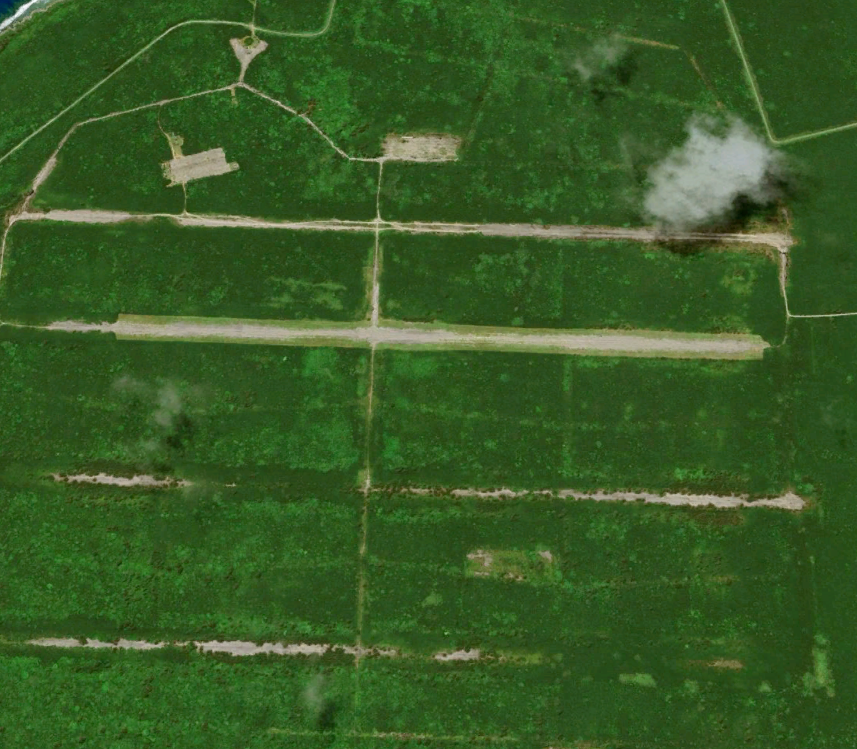
Wilsbach cited "additional projects in the region" that will add ACE bases, but declined to announce their locations.
In addition to emphasizing ACE employment, the PACAF strategy reiterates the Air Force's commitment to adding complex and varied levels of protection to existing forward bases, including deception measures like those reported here earlier this year.
"PACAF is also advancing non-kinetic defensive solutions such as electronic warfare, high-powered microwaves, and laser technologies," the strategy states.
Wilsbach said he saw promise in directed-energy electromagnetic weapons for base defense in addition to established air and missile defense systems including Terminal High Altitude Area Defense (THAAD), Patriot, and Iron Dome.

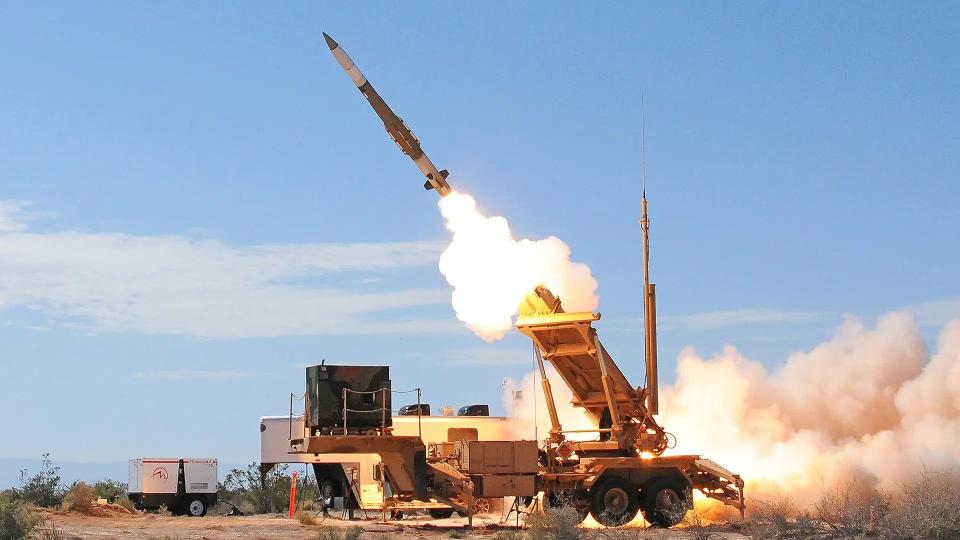
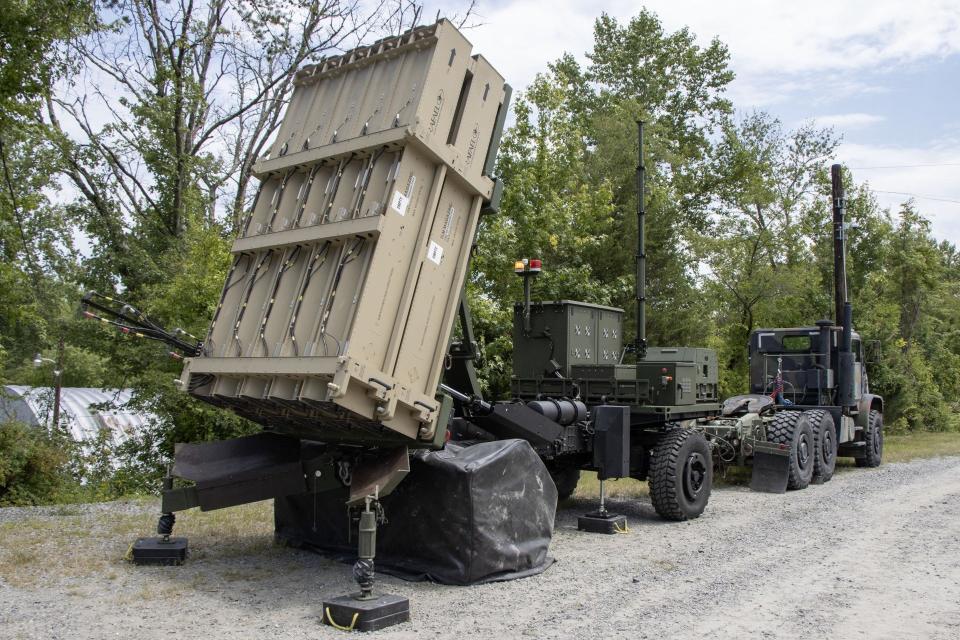
"You really need all three to protect yourself from the various different weapons that you might have to defend yourself against," Wilsbach said. "Directed energy doesn't care about any of that – it's line of sight to the target and shoot it down."
He added that the Air Force was eyeing "promising technologies" involving high-powered microwaves and lasers, that, "while not quite ready for primetime," could someday defend both the built-up "hub" bases in the Pacific and the austere "spoke" bases that generate from them. The Air Force entrant into the Defense Department-wide race to develop an effective and deployable directed-energy weapon is the Tactical High-power Operational Responder, or THOR, which earlier this year brought down a drone swarm in a test publicized by the Air Force Research Lab. The Army, which Wilsbach said formally partnered with the Air Force a year ago to solve the base protection problem, has its own directed-energy weapons, including the Stryker-mounted DE M-SHORAD.
https://www.youtube.com/watch?v=QjHGxKb6W1c\u0026t=6s
"The Army is wanting to put long-range fires in a lot of places where we'll have hubs and spokes," Wilsbach said, "... So they'll definitely have a need for this capability."
Interservice collaboration at the spoke bases will likely extend even further, Wilsbach said. He anticipates the services sharing resources and systems support regularly at these "touch-and-go" locations in the Pacific.
"A Marine F-35 shows up at an Air Force spoke location, we're going to put weapons and fuel on it," he said.
To this ruggedized and heavily defended Pacific, the Air Force will add its future fighter, bomber, and airborne early warning aircraft, paired with a new range of weapons that will "fundamentally reshape the battlespace," according to the PACAF strategy. The B-21 Raider stealth bomber, Next-Generation Air Dominance combat jet, and E-7 Wedgetail are all expected to enter service by or before 2030, as is the AIM-260 Joint Advanced Tactical Missile (JATM).
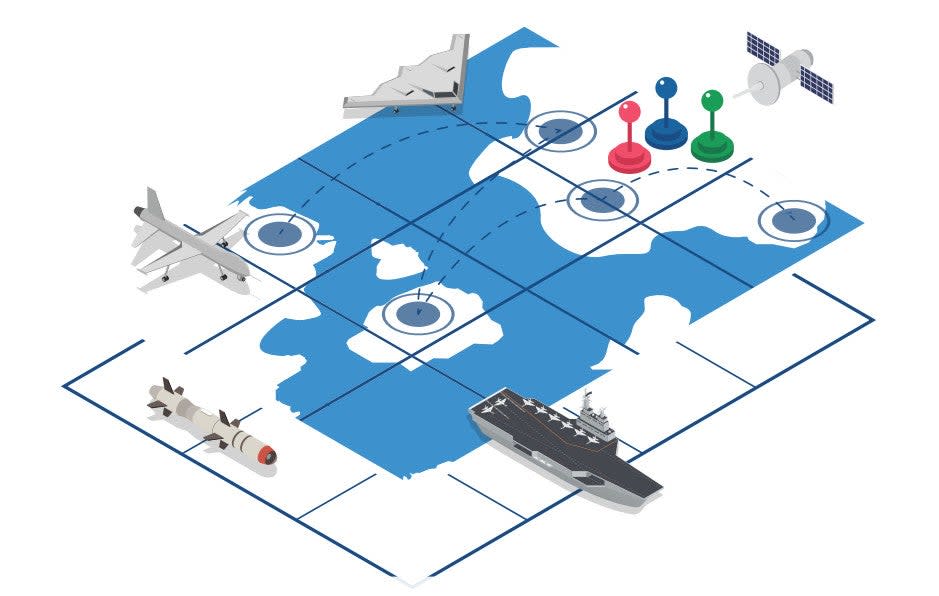
Wilsbach said currently existing platforms, such as the F-15EX Eagle II, may also be employed to transformative effect. This replacement to the F-15C, Wilsbach said, boasts "massive weapons carriage capability" – nearly 30,000 pounds of external fuel and ordnance, and a long combat range of nearly 800 miles, enabling it to serve as a sort of bomber in its own right.
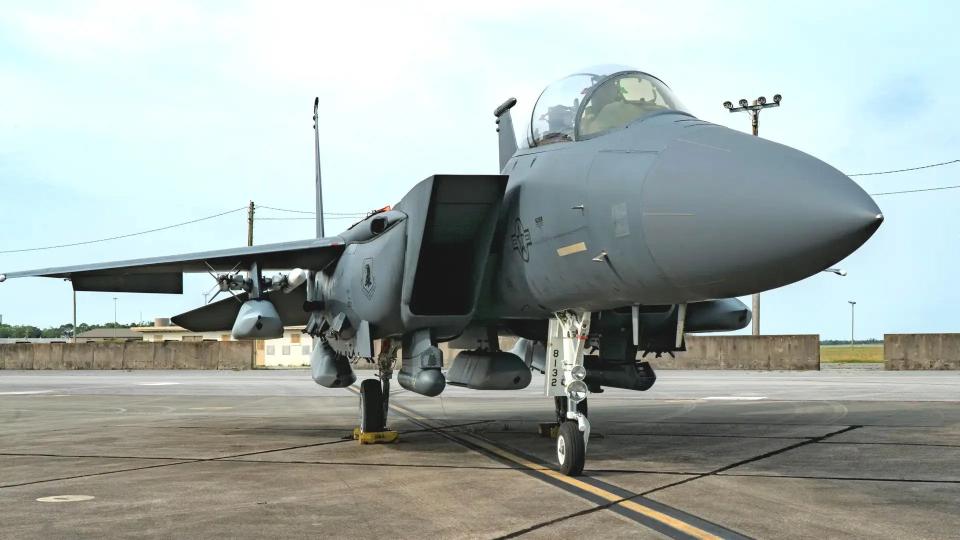
"It definitely has the capability to move ordnance around the airspace and employ that ordnance much like you would a bomber," he said. "So that's going to be quite effective."
Alongside the improved tactics, techniques and procedures the Air Force is developing to operate these new platforms, Wilsbach said, "I'm quite confident we will retain our superiority."
Contact the editor: tyler@thedrive.com

